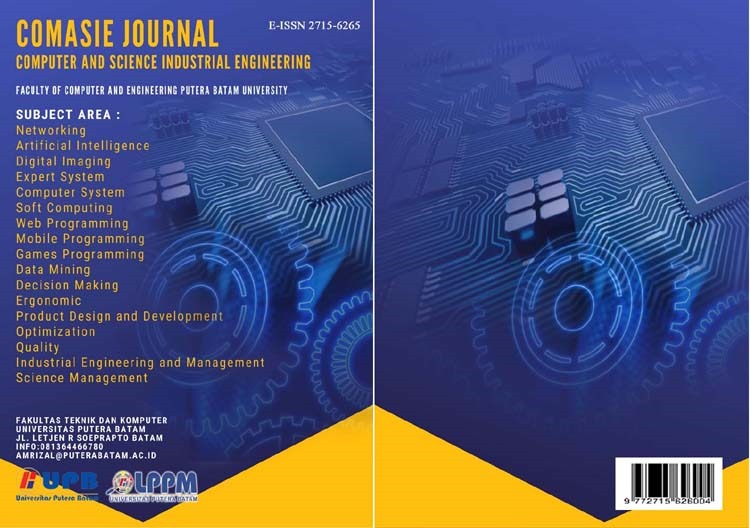IMPLEMENTASI DATA MINING DENGAN ALGORITMA NAIVE BAYES UNTUK KLASIFIKASI KELAYAKAN PENERIMA BANTUAN SEMBAKO
DOI:
https://doi.org/10.33884/comasiejournal.v9i3.7659Keywords:
Data mining; Naive Bayes method; Classification; GroceriesAbstract
The percentage of the population receiving assistance was 5.19%, this figure increased compared to March 2022, while the line of aid recipients was recorded in 2022 of 783,730 people per capita per month. The number of poor households in Batu Aji District is Bukit Tempayang Village with 15,857 inhabitants, 300 poor households, 37,531 inhabitants in Buliang Village, 289 poor households, 28,693 The beneficiary of assistance is an inability to meet basic needs including food, clothing, education and housing. Thus it is necessary to carry out a strategy in dealing with the level of beneficiaries, namely by providing accurate and targeted data on beneficiaries. Naive Bayes is an algorithm that exists in data mining and is part of the data mining classification technique by using probability and statistical techniques to estimate or predict opportunities that will occur based on previous opportunities, namely there are two feasible and inappropriate classes. The results of the classification that will be carried out later will help in the processing of assistance to help make decisions regarding the classification of determining basic food recipients. And by testing calculations manually and using rapid minner software, you get an accuracy value of 80%.














